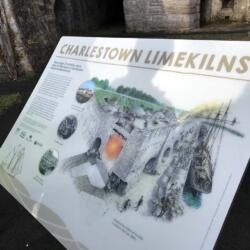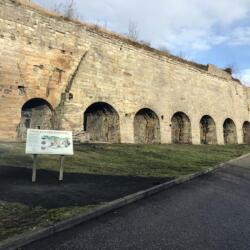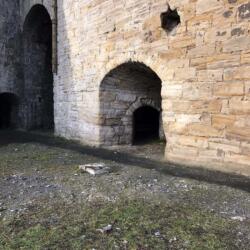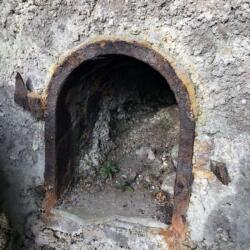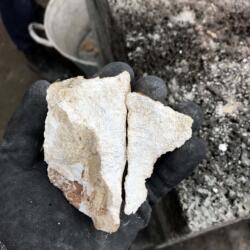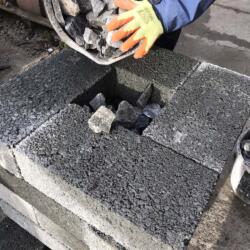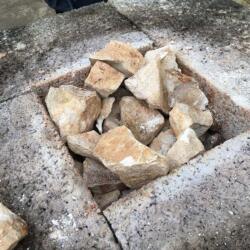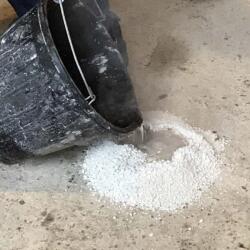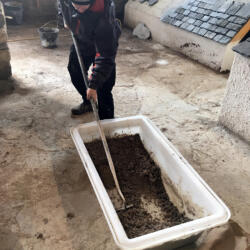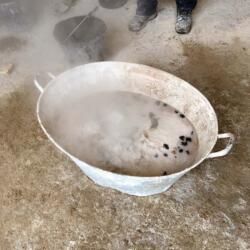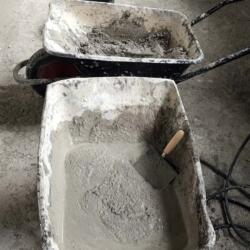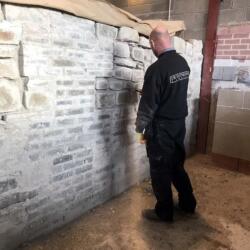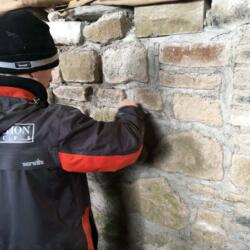
Members of our team recently Visited the Scottish Lime training Centre in Fife, Scotland to expand their knowledge and skills of Lime based mortars. Lime mortar & plaster was the traditional finish for houses pre-1919, and was used up until the late 1950s, before cheaper plasterboard and gypsum products became more ready available.
The course focused on ‘Hot mixed’ mortars which are not commonly used today, as the preparation and use of conservation mortars is largely dominated by lime putty mortars or ‘cold’ mortars based on natural hydraulic limes (NHLs). Lime based mortars have a long history of use in the UK, with evidence visible throughout the nation on traditional buildings and structures. ‘Hot mixed’ Mortars are perceived to be the most authentic way to prepare lime mortar, although much more difficult.
We strive to use traditional techniques and materials as part of our conservation & restoration processes, which means our team has to have the correct training in order to deliver high quality results.
The training course took place over 2 days, starting with a visit to the 18th century Limekilns located in Charlsetown. This historical site had 14 kilns which supplied quicklime across Scotland during the industrial boom.
The course provided theoretical knowledge and hands on experience for our operatives, giving UK Restoration Services the capability to offer traditional ‘Hot mixed’ lime mortars along side our popular ‘cold’ NHL lime products.
